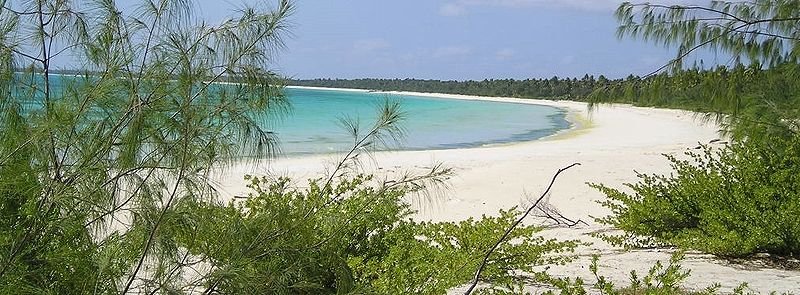 Beach in Ouvea, New Caledonia
Beach in Ouvea, New CaledoniaSource: https://commons.wikimedia.org/wiki/File:Plage_ouvea.jpg
Author: Bananaflo

New Caledonia is a group of islands regarded as a special collectivity of France, located off the coast of Australia, in the South Pacific Ocean. Covering 18,575 sq km, New Caledonia comprises a main island, the Grande Terre, and several smaller islands. The smaller islands surrounding the main island includes the Belep archipelago to the north, the Loyalty Islands to the east, Île des Pins to the south, and the Chesterfield Islands and Bellona Reefs to the west of Grande Terre. It has a population of about 250,000 (2011 estimate). French is the official language here. The capital and biggest city is Nouméa.
The name New Caledonia was given by Captain James Cook, using the word Caledonia as a Latin reference to Scotland, his land of ancestry. When the island came under French rule, New Caledonia became Nouvelle-Calédonie, or some times just Calédonie. Among the locals, and especially those who are keen of New Caledonia's independence, it is popularly known as Kanaky.
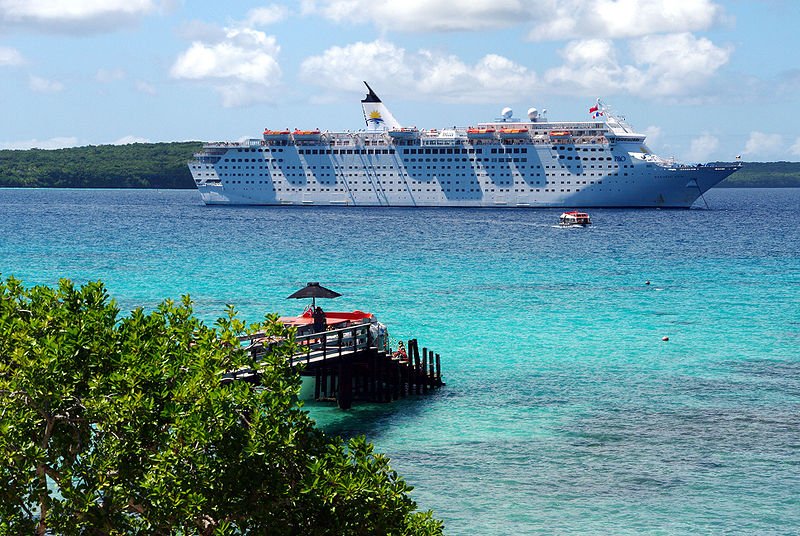 Cruise ship at Lifou, New Caledonia
Cruise ship at Lifou, New CaledoniaSource: https://commons.wikimedia.org/wiki/File:Pacific_Sun_Lifou.jpg
Author: Pilettes

New Caledonia is eleven hours ahead of Coordinated Universal Time (UTC+11). The official currency here is the CFP franc (XPF). The phone IDD code is +687. The majority of the people here are Roman Catholics.
Lying astride the Tropic of Capricorn, New Caledonia experiences a tropical climate. Temperature is quite uniform throughout the year, ranging between 17-27°C (63-81°F) while rain is seasonal. The wet season is from December to March while the dry cool season is from April to November.
As with most of the inhabited islands of the South Pacific, New Caledonia bears evidence of human habitation going back thousands of years. The first contact with Europeans was established by British explorer Captain James Cook in 1774, when he saw and named New Caledonia (for present-day main island, Grande Terre).
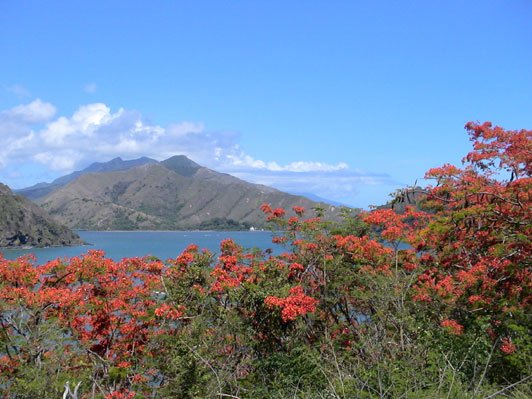 Mont Panie, New Caledonia
Mont Panie, New CaledoniaSource: https://commons.wikimedia.org/wiki/File:Montpanie.jpg
Author: CommonsHelper2

The arrival of Europeans to New Caledonia introduced diseases such as smallpox, measles, dysentery, influenza, syphilis and leprosy, all of which contributed to decimating to local population. French missionaries paved the way for French contact with the islands, beginning around 1843. This led to formal annexation by France in 1853. The following year, the settlement of Nouméa was established, originally called Port de France.
As with Australia for the British, France used New Caledonia as a penal colony. At the same time, France imposed a law called Code de l'Indigénat, an apartheid-like system that discriminated against the locals and their freedom of movement, land ownership and livelihood. This further reduced the indigenous population. Native insurrectionss (in 1878 and 1881) were dealt with severely, often with much bloodshed.
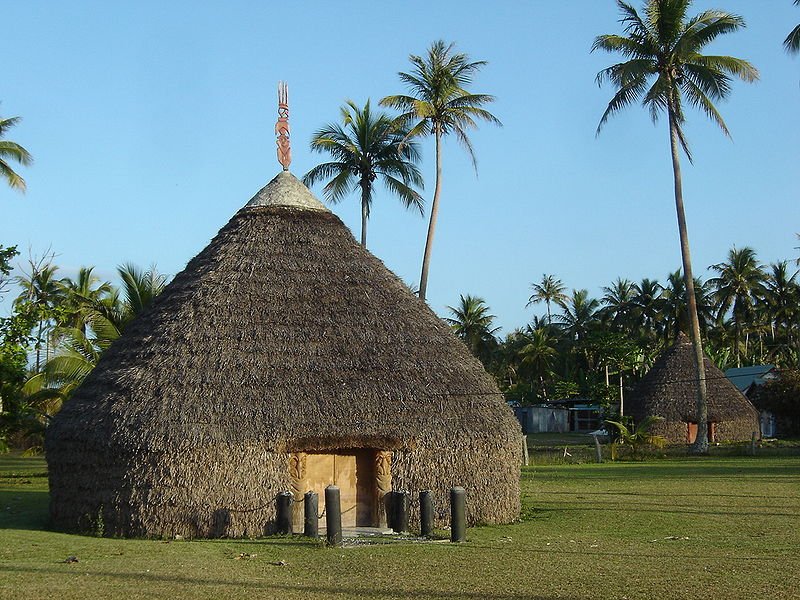 Kanak hut in Lifou, New Caledonia
Kanak hut in Lifou, New CaledoniaSource: https://commons.wikimedia.org/wiki/File:Traput-cases.jpg
Author: Chaoborus

New Caledonia was listed by the United Nations as a non-self-governing territory since 1986. Nationalist sentiments on the island has been growing, with calls for independence. This manifested itself in the form of unrests by the locals, culminating with the bloody hostage incident of 1988. Since then, there has been steps towards increasing autonomy of New Caledonia, including the introduction of a new flag (to be adopted alongside the French tricolor), and the use of a local currency rather than the Euro. New Caledonia will be given the opportunity to hold a referendum on independence after 2014.
Planning your visit to New Caledonia
The main airport of the territory is the New Caledonia Airport (NOU). It is located in Païta, 52 km northwest of Noumea. The airport is served by Air France flights from Paris, via Tokyo, Osaka and Seoul.When in New Caledonia, the cheapest way to get around is to take the bus. The bus services is quite extensive.
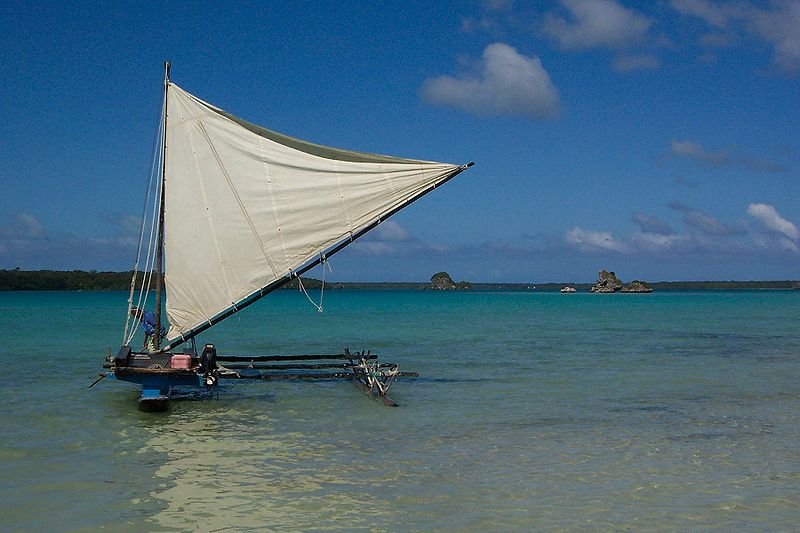 A traditional canoe at Île des Pins near Noumea, New Caledonia
A traditional canoe at Île des Pins near Noumea, New CaledoniaSource: https://commons.wikimedia.org/wiki/File:Pirogue_Nouvelle_Cal%C3%A9donie.JPG
Author: Bruno.Menetrier

Major Cities in New Caledonia
- Nouméa - capital
- Bourail
- Hiéngène
Places of Interest in New Caledonia
- Jean-Marie Tjibaou Center
 Latest updates on Penang Travel Tips
Latest updates on Penang Travel Tips

Copyright © 2003-2025 Timothy Tye. All Rights Reserved.

 Go Back
Go Back